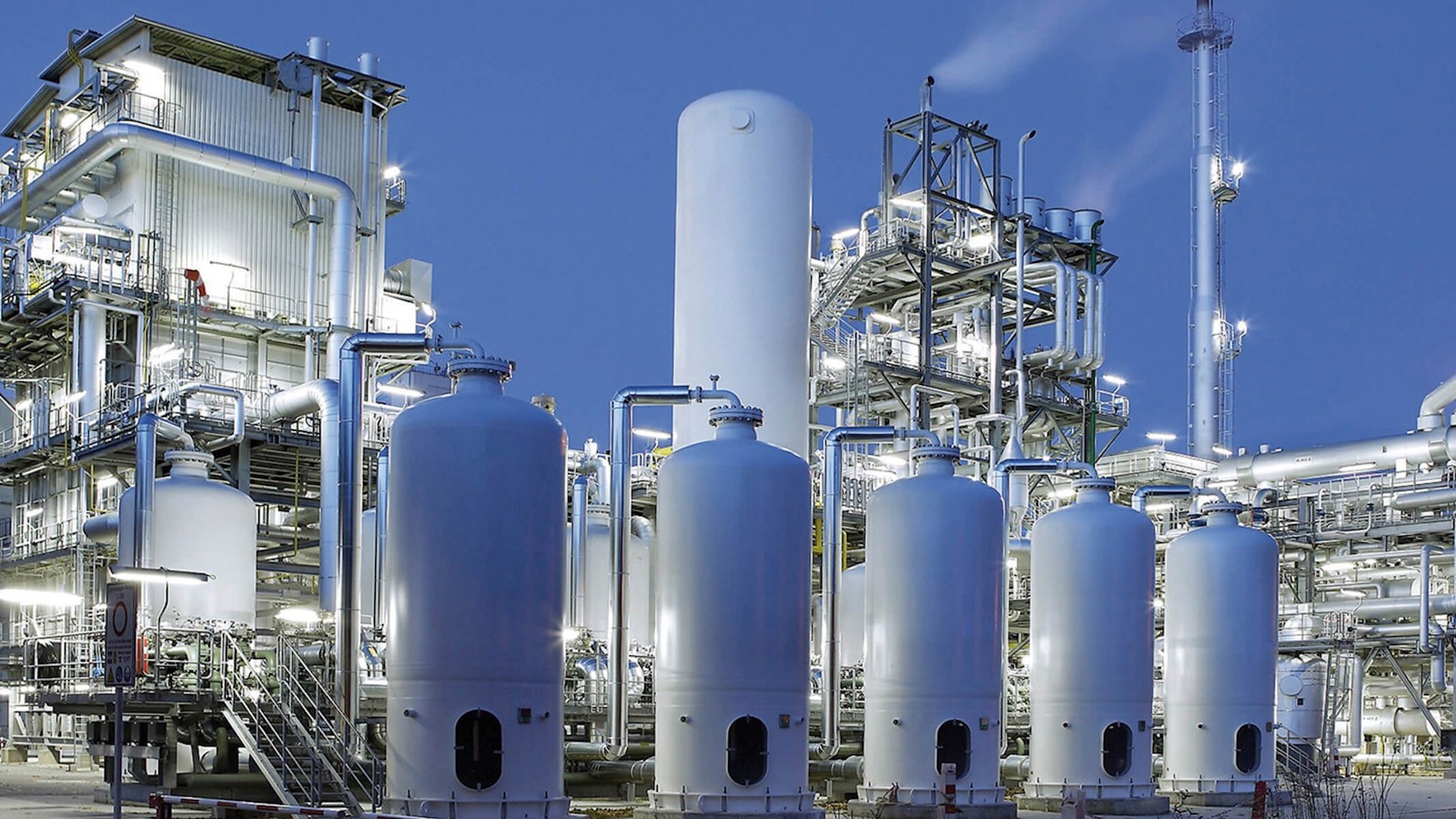Steam methane reforming (SMR) is a critical reaction in several refining processes, including the production of oils, ammonia, methanol, and syngas.
At the heart of the SMR process lies the reformer, which is a complex, energy-intensive and expensive piece of equipment. However, within the reformer unit, one of the most frequently replaced components are the pigtails.
As the name suggests, pigtails are curved pieces of pipe that carry reformed gas from catalyst tubes to the collection manifold. Their function is to discharge the mechanical stress and displacement experienced by the reformer unit system because of the thermal expansion resulting from the reforming process. Located in the inlet and the outlet of the reformer, pigtails are susceptible to a range of mechanical and thermal stresses and potential failures.
Inlet pigtails are less critical than outlet pigtails as they are required to perform at relatively lower temperatures, but it is still important to take great care in their material selection. Outlet pigtails, in contrast, must be able to withstand temperatures up to 900°C, which creates harsher hot corrosion challenges. This means the pigtails must be made from high alloy steel grades that are able to withstand such high temperatures and corrosion.
Steels working at temperatures above 500°C experience high temperature corrosion and diffusion of gases into the protective oxide layer, which can affect the material’s properties.
The failure of outlet pigtails is a common cause of plant downtime and creates a potential risk to personnel. That increases the total cost of ownership of the asset. Choosing the right material can avoid unplanned shutdowns and lost production while extending the lifecycle of the pigtails and improving the efficiency of the steam reformer.
